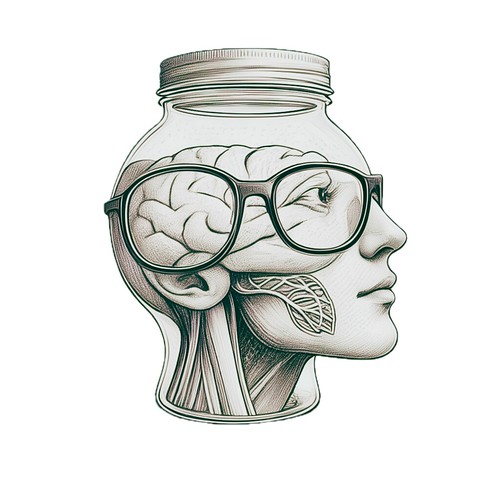Hiligaynon
I'm a fan of Wikipedia, which replicates for me the experience of browsing Encylopedia Americana while I was growing up. I loved that encyclopedia set at home—I still do. My curiosity today brought me to Hiligaynon, my first language, the one I grew up with and which I use to talk to family and friends from home. It is a beautiful language, quite melodic and sonorous, and it warms my heart to hear it from strangers.
The etymology of Hiligaynon, or Ilonggo:
The Hiligaynon language, also colloquially referred often by most of its speakers simply as Ilonggo, is an Austronesian regional language spoken in the Philippines by about 9.1 million people, mainly in Western Visayas and SOCCSKSARGEN, most of whom belong to the Visayan ethnic group, mainly the Hiligaynons. It is the second-most widely spoken language and a member of the so-named Visayan language family and is more distantly related to other Philippine languages.
The etymology of Hiligaynon, or Ilonggo:
Historical evidence from observations of early Spanish explorers in the Archipelago shows that the nomenclature used to refer to this language had its origin among the people of the coasts or people of the Ilawod ("los [naturales] de la playa"), whom Loarca called Yligueynes (or the more popular term Hiligaynon, also referred to by the Karay-a people as "Siná"). In contrast, the "Kinaray-a" has been used by what the Spanish colonizers called Arayas, which is most probably a Spanish misconception (as they often misinterpreted what they heard from the natives) of the Hiligaynon words Iraya or taga-Iraya, or the current and more popular version Karay-a (highlanders - people of Iraya/highlands).
Labels: daily


0 Comments:
Post a Comment
<< Home